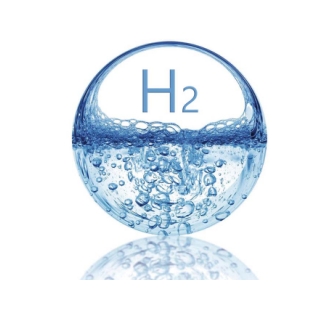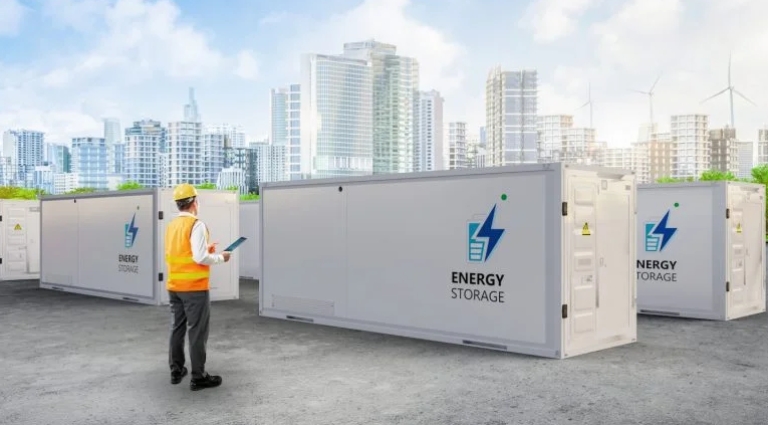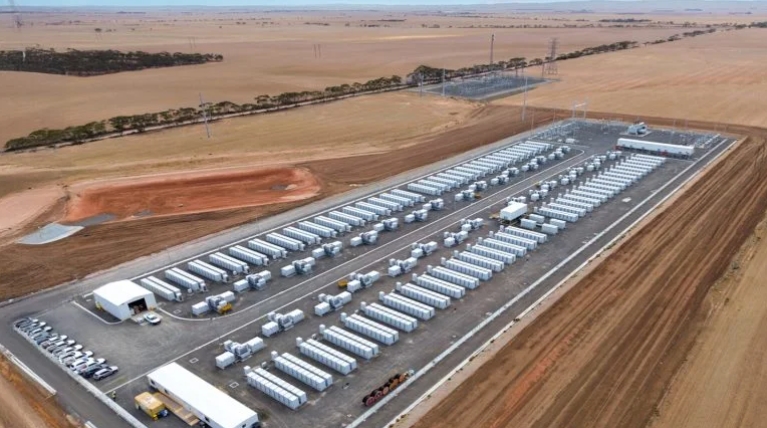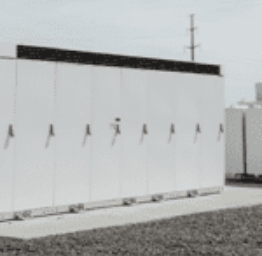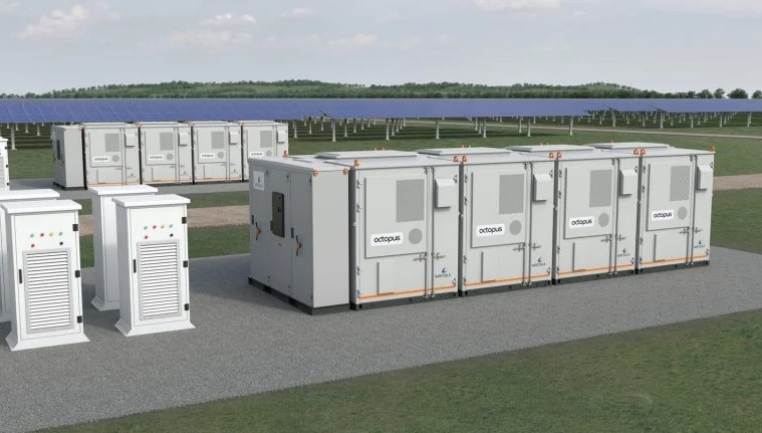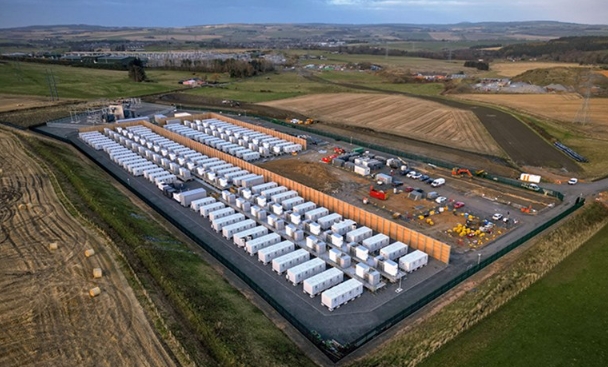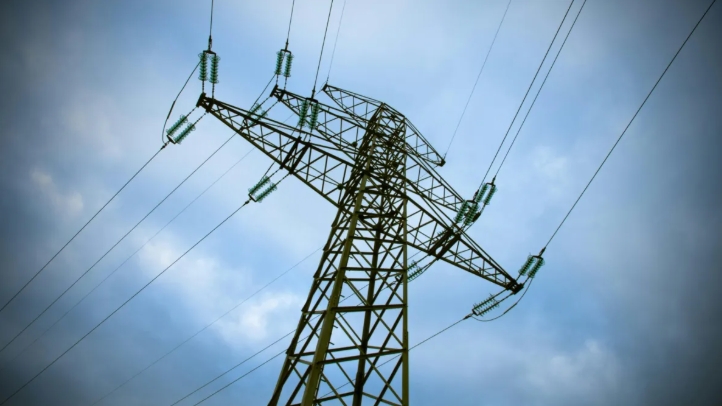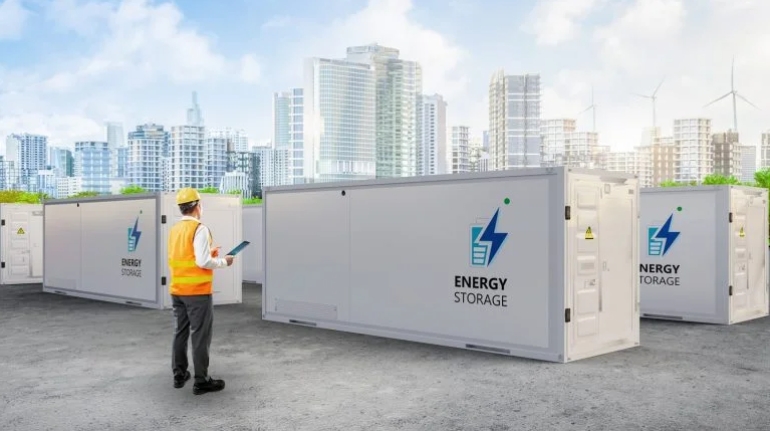The output would be raised to 10-20 million tons by 2050, including green hydrogen, according to a government document detailing the strategy reviewed by Reuters.
The production, distribution and usage of hydrogen will help "meet the country's national targets for climate change, green growth and to meet its net zero target by 2050," the document said.
Hydrogen is categorised 'green' when it is extracted from water using electrolysis powered by renewable energy and is seen as crucial to help decarbonise industry, though the technology is still expensive and at an early stage of development.
The hydrogen output will partly replace natural gas and coal at power plants by 2030, the document said, adding that hydrogen will also be used for transport and for fertiliser, steel and cement production.
By 2050, hydrogen will be responsible for 10% of the country's electricity generation, it added.
Vietnam will mobilise both public and private funds for hydrogen production, including from green bond issuance and from Just Energy Transition Partnership (JETP), a financing scheme made up of equity investments, grants and concessionary loans from members of Group of Seven (G7), multilateral banks and private lenders.
